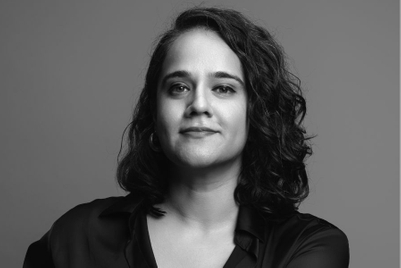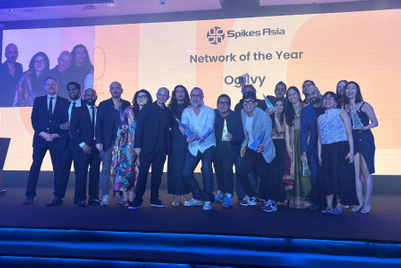
MALAYSIANS LOVE THEIR ROSE-TINTED GLASSES
During popular annual celebrations in Malaysia—namely Hari Raya Aidilfitri, Chinese New Year, Deepavali and Merdeka—sepia-tinged emotive brand films that centre around nostalgia flood YouTube and Facebook. Bonus points if the film peddles themes of childhood joy or struggle in the kampung (village) as well as racial unity. Brands like Petronas, Bernas and Maxis are regular proponents of this formula, and ‘fans’ look forward to these films each year around key dates.
| > See this year's rankings of Malaysia's top 100 brands |
“As a country that’s not just multi-racial, but multi-cultural and multi-faceted, stories of ‘the good old days’ help unite everyone through a collective consciousness,” says Didi Pirinyuang, creative director at Ensemble Worldwide & UM Studios. “Nostalgia is the most powerful tool at our disposal to unite differences. Shared experiences and shared memories serve to highlight similarities of Malaysians vs the divide that is caused by political, racial and cultural differences.”
Some experiences remain universal to Malaysians, and these include road trips, going back to one’s kampung during school holidays, family meals centered around plenty of food, and religious celebrations. This phenomenon of shared origins and experiences, Pirinyuang says, is a powerful tool in the hands of marketers.
This sentiment also relies on the mass exodus of young folk from the kampung who move to Kuala Lumpur and other big cities for job opportunities. Enveloped by the bustle of the city, they may yearn for ‘simpler times’ from their childhood especially when religious celebrations are around the corner.
“Malaysians relate to this sentiment because they remind us of how far we’ve come. This harkening back to the peace and tranquillity of the past is a by-product of the fast-paced world we live in,” says Pirinyuang.
Another trend that reflects among Malaysia’s top local brands is the concept of long brand films. It’s not unusual for large players like Petronas and Tenaga Nasional to put out films up to five minutes long, most which tend to score thousands of comments from viewers who pore over and engage with the content.
This idea of ads being exceptionally long, Pirinyuang says, is exclusive to Malaysia. “Malaysia is unique on this front as the audience looks forward to, and even expects, festive films to be released by big national brands like Petronas,” she says. “Long films are accepted during festive periods, with the audience primed in the right frame of mind to be told a story. Malaysians want to be told a story. They’re looking to be entertained, to have their emotions go through a roller-coaster, to see themselves as part of the cultural fabric [when it comes to] festive storytelling.”
Interestingly, during festive periods, it’s the only time where audiences actively seek out brand films from major players, and when content doesn't have be ‘pushed’. Therefore, the length of film or story matters less than ads released at any other time of the year.
Pirinyuang predicts this use of nostalgia to stick around. “Whether five, 10 or 50 years from now, audiences will look back to today and think, ‘Oh, how far we’ve come!’, marvelling and celebrating our collective trials, tribulations, losses and victories, together,” she says.
This pattern is also seen in brands that are not local but have a storied history in the country. Gardenia, Bata, Milo and Maggi—foreign brands that are a huge part of Malaysia’s cultural fabric—may use the same blueprint to etch themselves as ‘local’ players. Just look at the below ad for Milo to mark its 70-year legacy in Malaysia.
Pirinyuang says that these ‘Western’ brands in the past might have once symbolised colonialism, and now signal Malaysia’s independence and national identity. “These brands represent national pride for Malaysians, they’ve adopted and adapted something foreign to make it something uniquely Malaysian,” she says. “We’ve adopted these brands with open arms as ‘ours’ and have embraced them into their lives and households with pride.”
But international brands (unless adopted as part of Malaysia’s identity such as Maggi and Milo) will tend to retain their ‘international voice’, adds Pirinyuang.
She says: “This helps differentiate them in the minds of Malaysians and carves them out as international brands. More premium brands like Standard Chartered or Shell come to mind as they use their global presence with identity and messaging very strongly.”



.jpg&h=334&w=500&q=100&v=20250320&c=1)

.jpg&h=334&w=500&q=100&v=20250320&c=1)
+(1).jpg&h=334&w=500&q=100&v=20250320&c=1)

.jpg&h=334&w=500&q=100&v=20250320&c=1)



.jpg&h=334&w=500&q=100&v=20250320&c=1)






.jpg&h=268&w=401&q=100&v=20250320&c=1)
